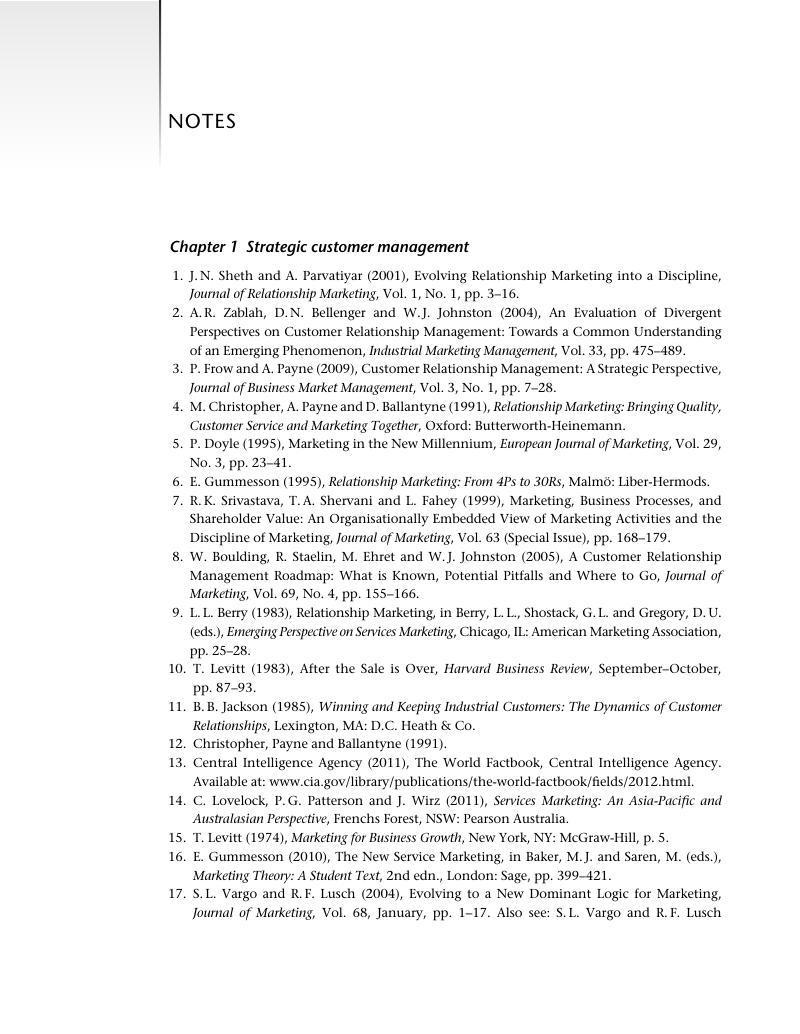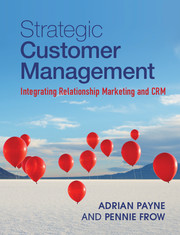Notes
Published online by Cambridge University Press: 05 April 2013
Summary

- Type
- Chapter
- Information
- Strategic Customer ManagementIntegrating Relationship Marketing and CRM, pp. 497 - 519Publisher: Cambridge University PressPrint publication year: 2013



